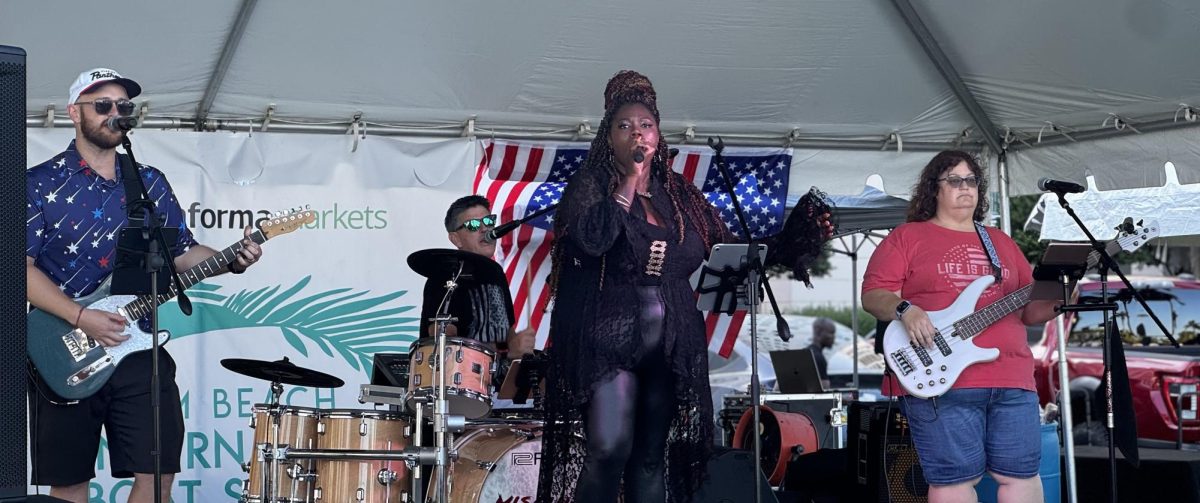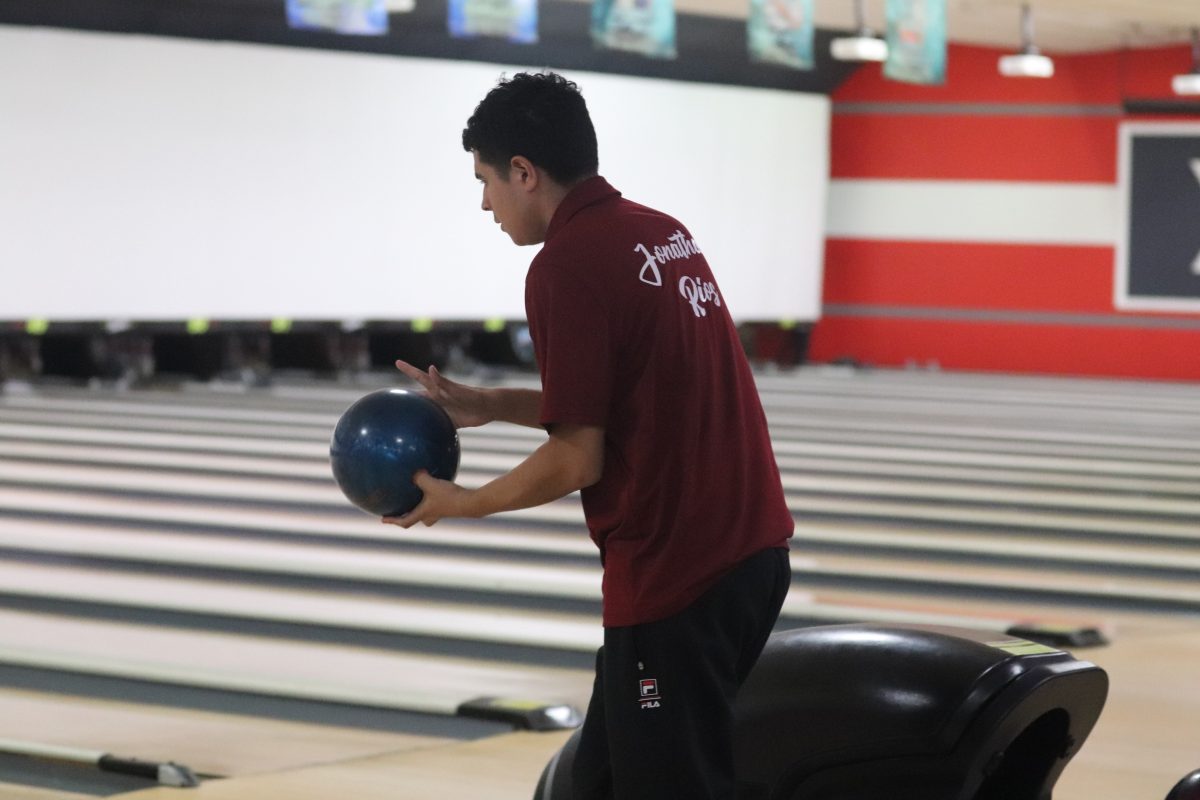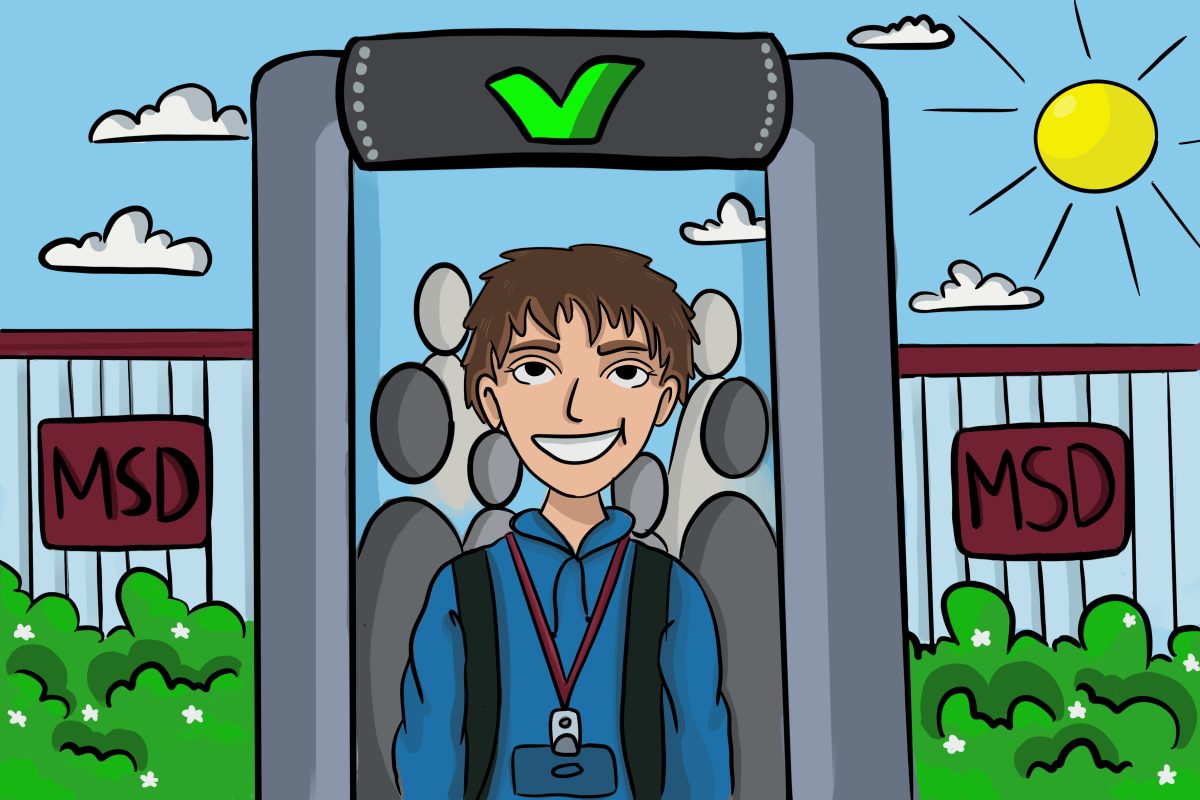On Oct. 2, Marjory Stoneman Douglas High School’s Junior Reserve Officers’ Training Corps hosted their first blood drive of the school year in the senior parking lot. OneBlood, along with JROTC, organized the blood drive. OneBlood is an organization whose initiative is to supply blood to people and hospitals around the nation.
“One pint saves three lives, so we make a collaboration with the blood drive company for each student who donates, we make a percentage back to us as a fundraiser to help cover our expenses,” Captain S7 Gabby Matos said.
Students and staff were eligible to donate their blood as long as they were above the age of 16, weighed at least 110 pounds and had not recently been sick. Members of JROTC promoted the blood drive in all of their classes leading up to the event.
If students met the requirements, they were able to sign up in front of the JROTC classroom during both lunches in the days prior to the drive. After signing up, they were given a pass to come to the blood drive; students could attend from first to fourth period, including during both lunches.
“I chose to donate to help make a difference,” senior Carolina Biggers said. “As a universal donor, my blood can help save so many, and knowing that I can be a part of something bigger is a good feeling,” senior Carolina Biggers said.”
On the day of the event, OneBlood buses began to show up as early as 7:00 a.m. with staff equipped to examine and draw blood. The buses filled the senior lot for the remainder of the school day. Certain JROTC students and all staff were able to help out at the blood drive.
“All the staff and around five cadets were chosen to help be runners,” Matos said.
When students began to arrive, they first turned in their pass. Then, they began to sign a few forms. After completing their paperwork, possible donors got their vitals checked to ensure that they were medically fit to donate. They also had to answer questions, such as if this was their first time giving blood, if they have been sick recently and others related to their medical history.
Once students passed the medical screening, they donated their blood. The blood drive was fast and efficient, taking around 30 minutes per person. There was also an option to donate plasma. When donating plasma the liquid portion of the blood is separated from the blood cell. Plasma donations took around 30-40 minutes.
Students who donated were then navigated to a table where they were offered food and drinks to students as a sign of appreciation for their donation. All blood donated at the blood drive was given to people in need of a blood transfusion.
JROTC hosts three blood drives yearly which all help raise funds for the program, as they receive a percent of the funds back. OneBlood will continue working with JROTC to provide for those in need of blood.

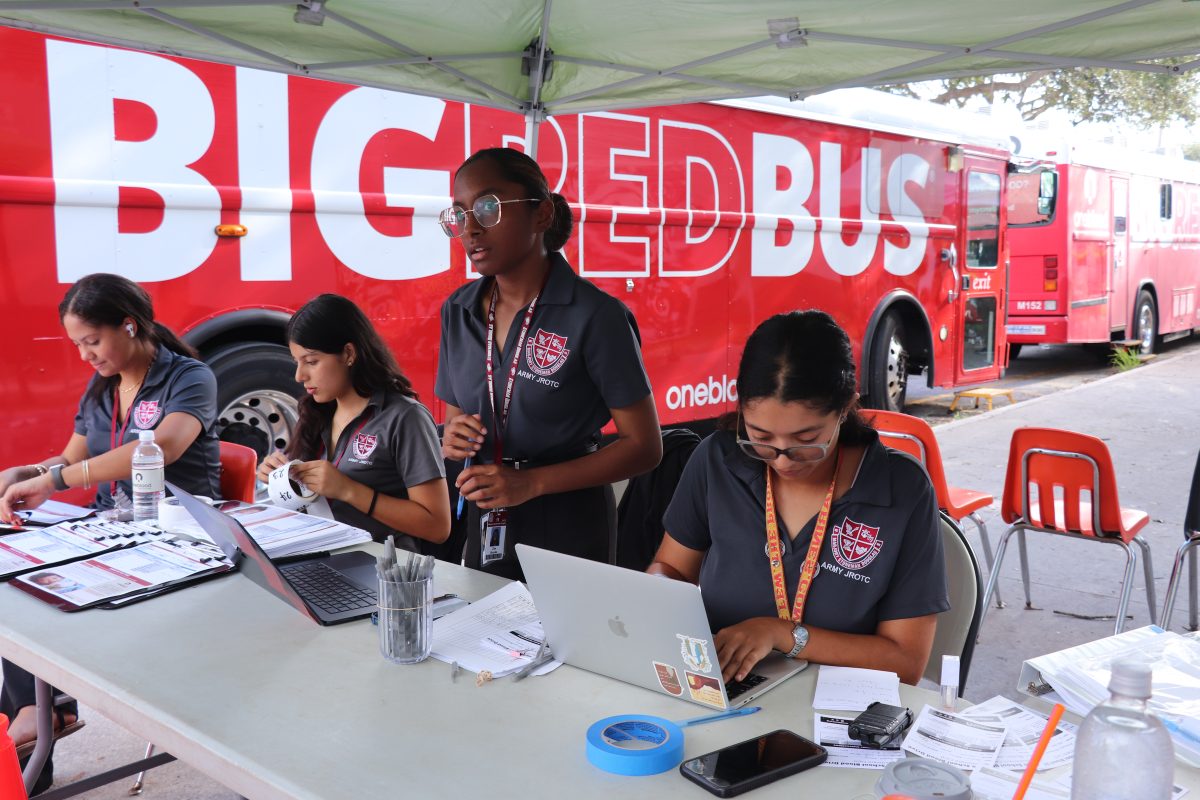

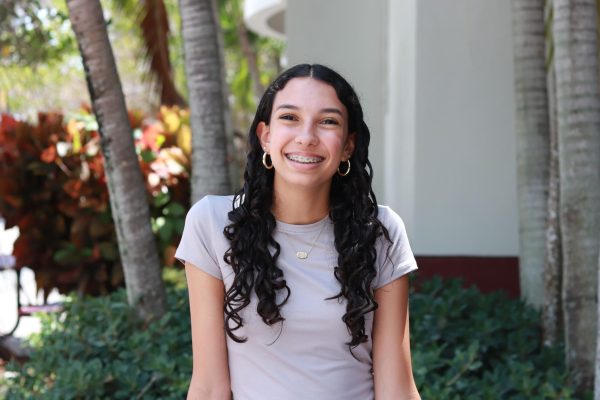
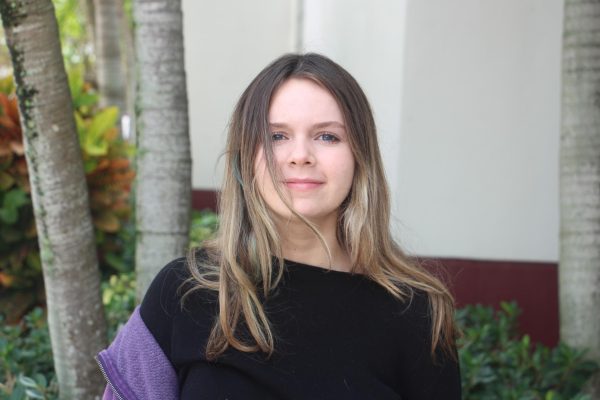



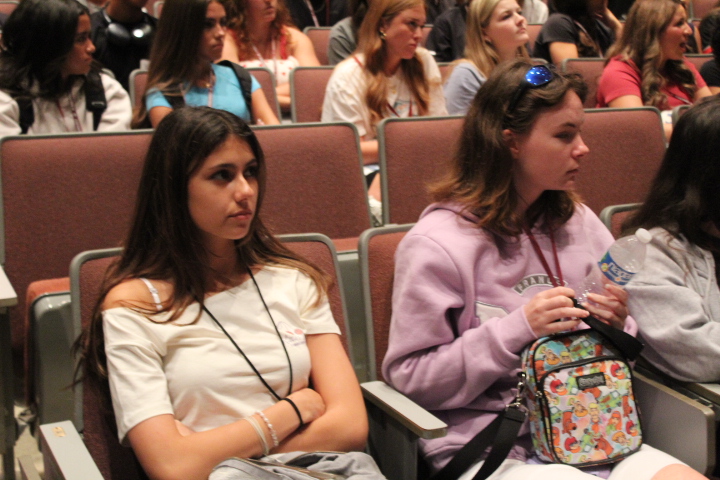
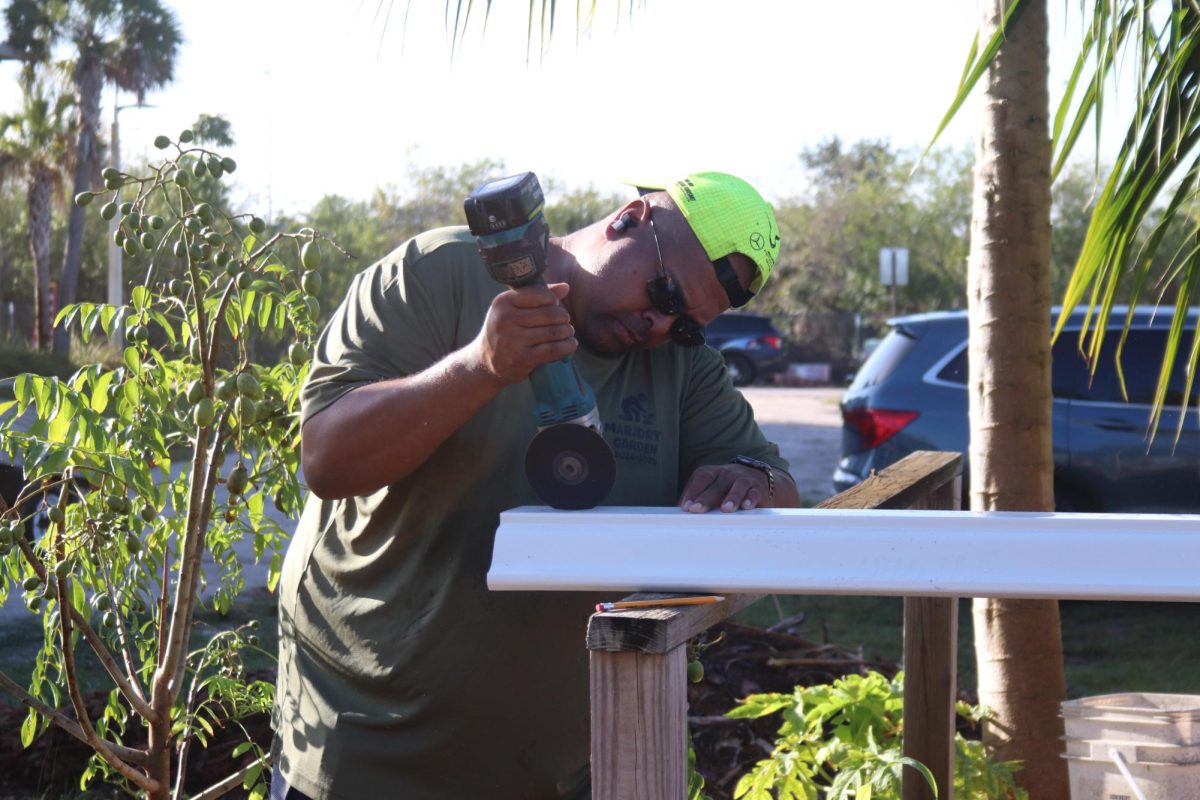
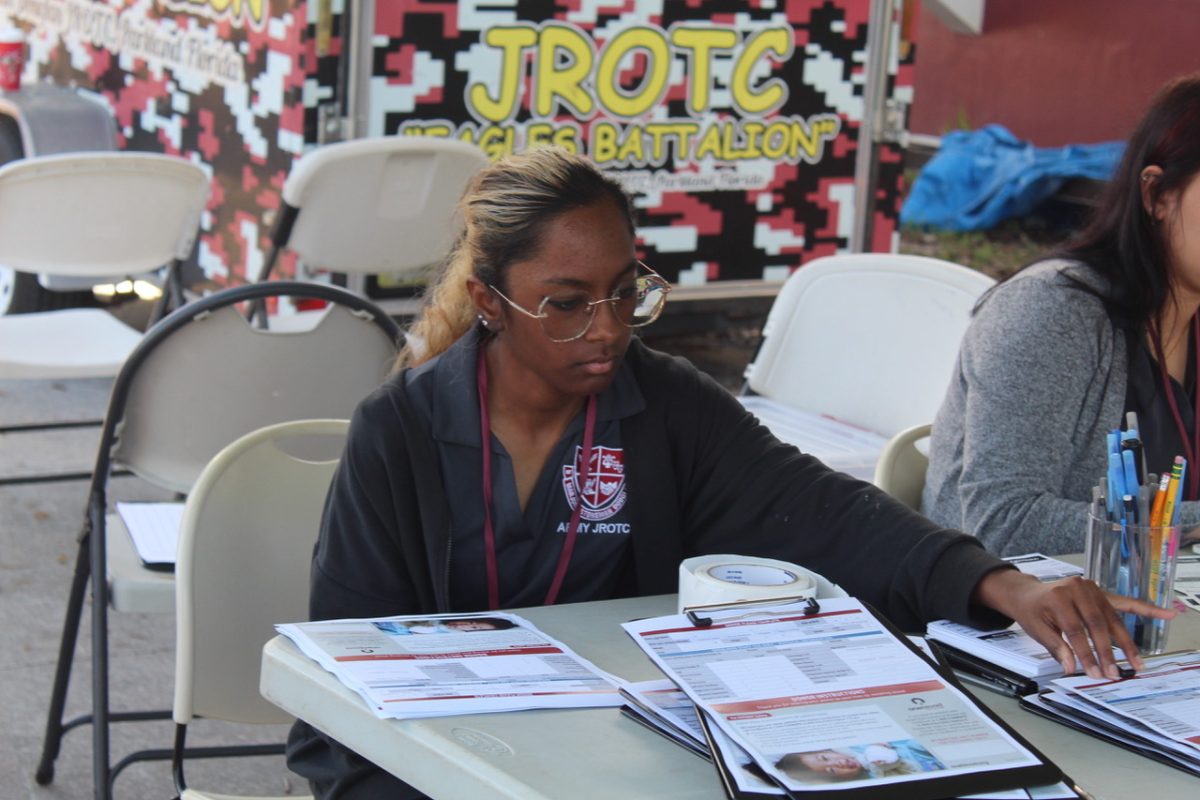
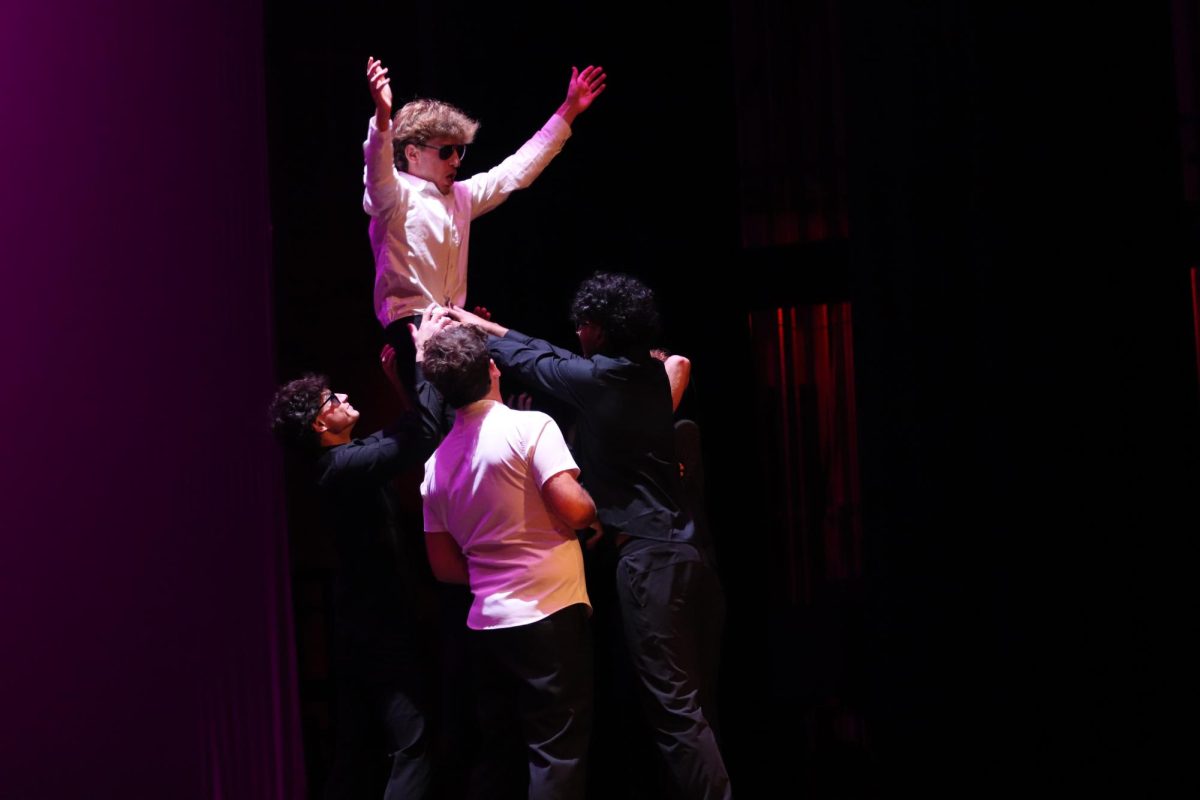

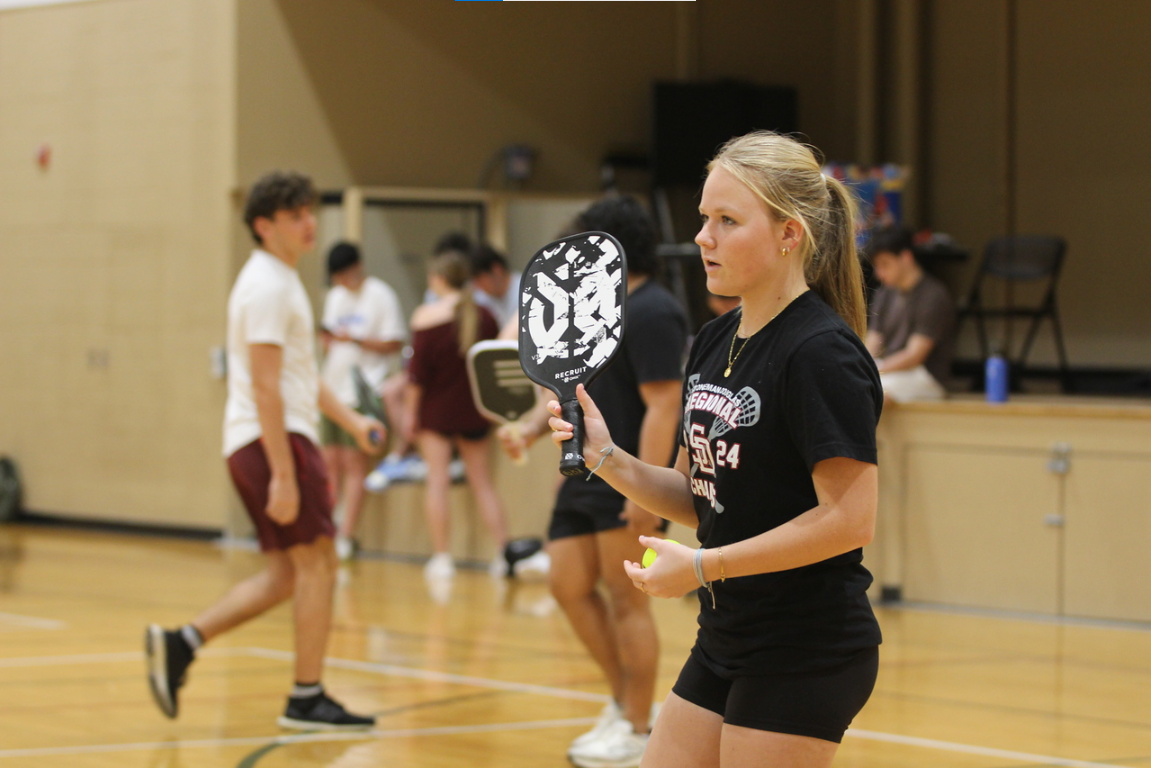
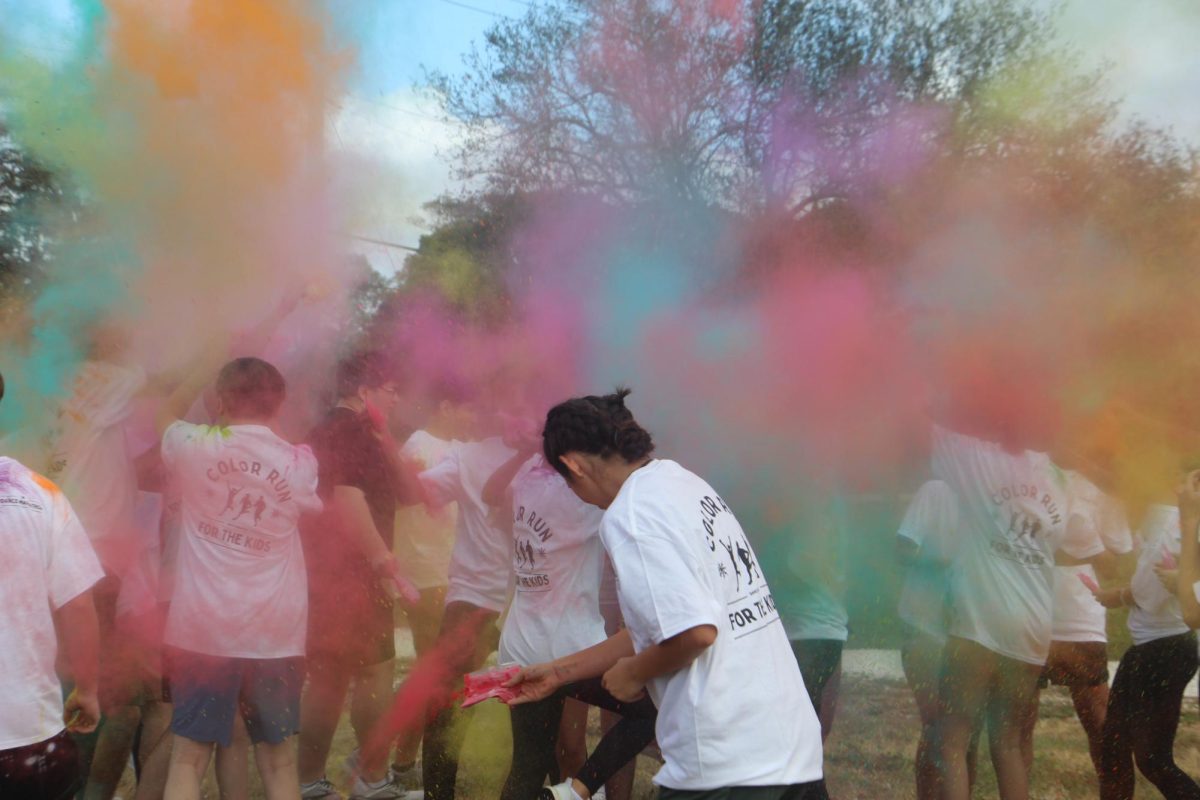

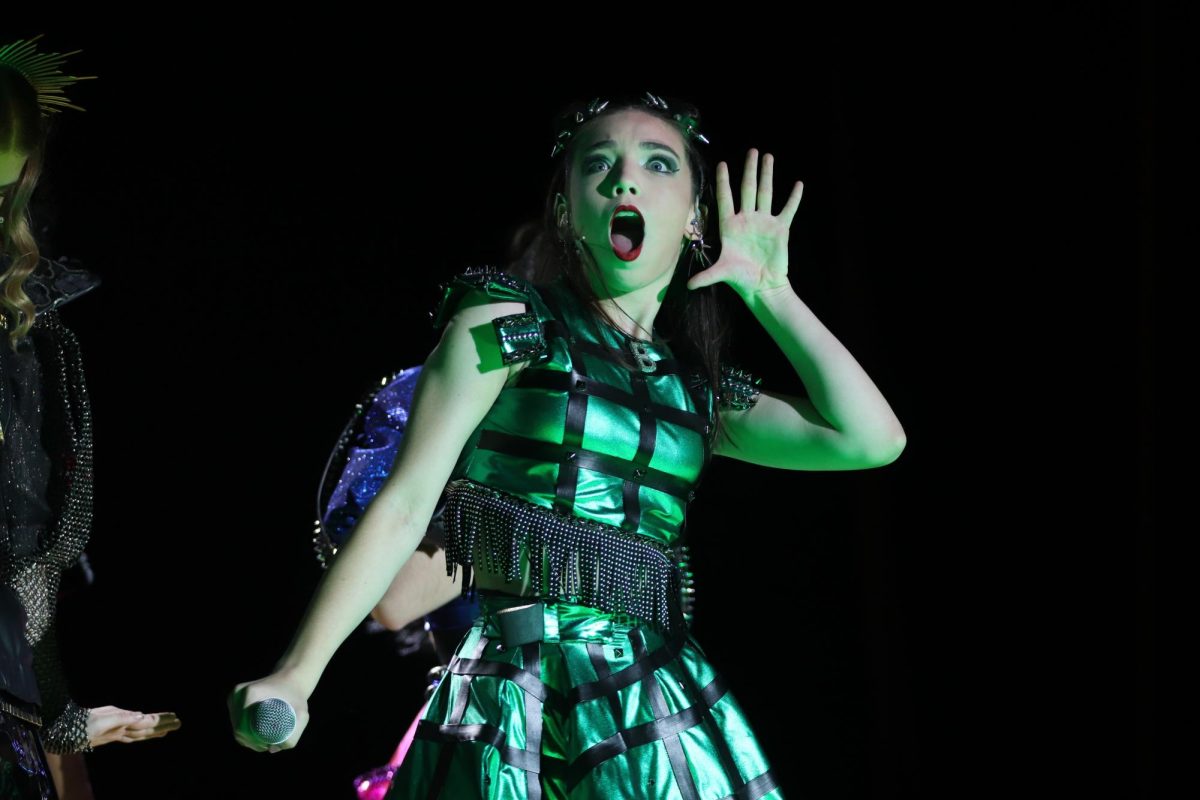
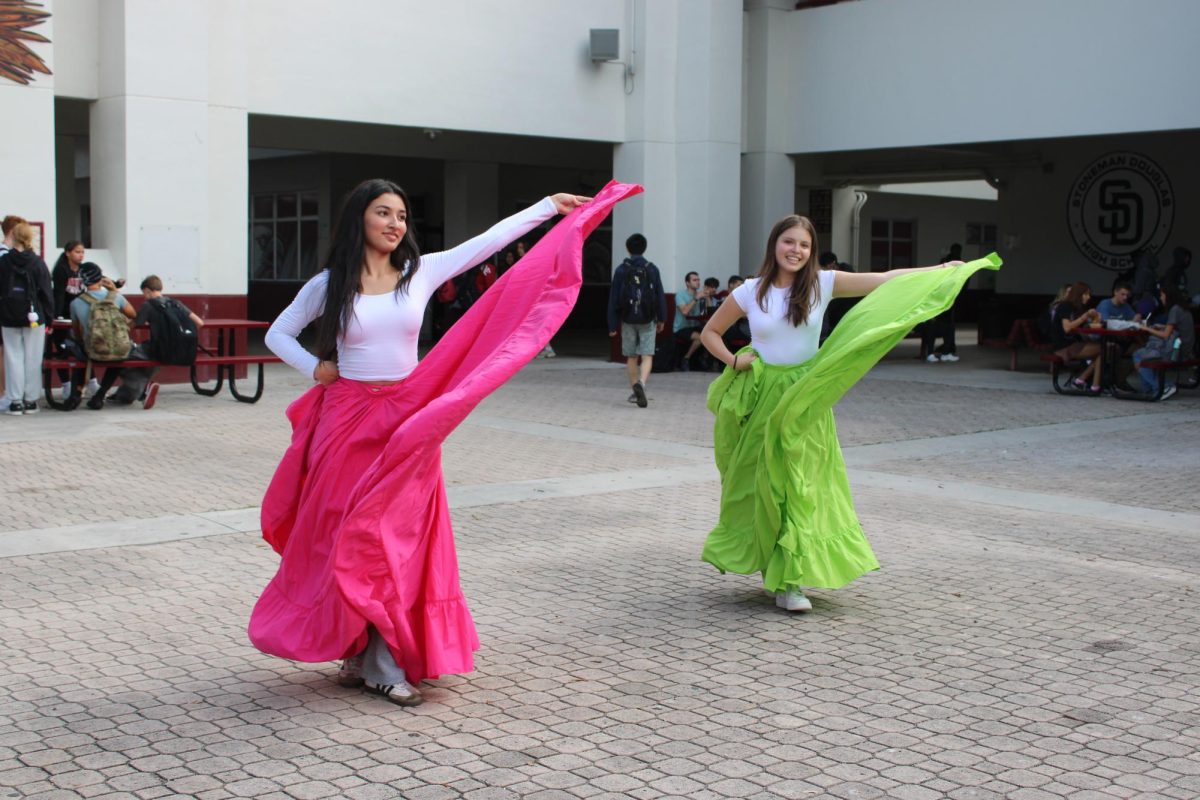
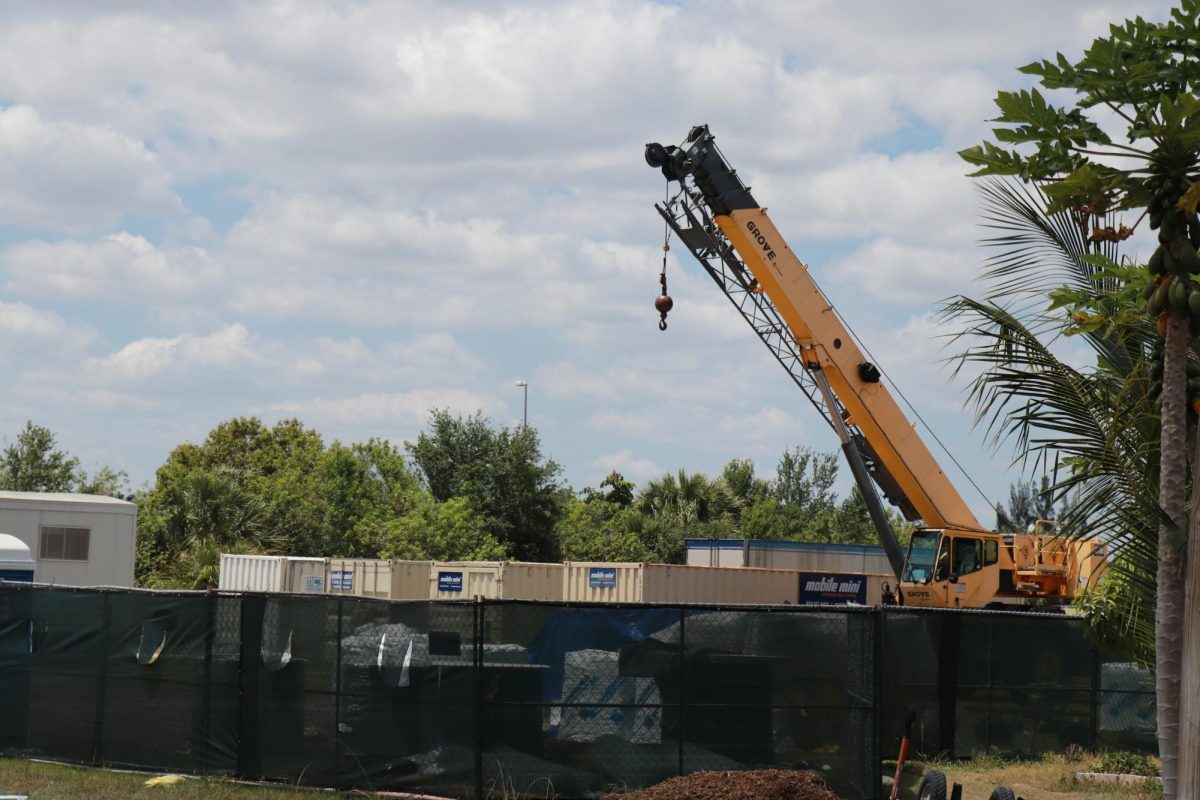

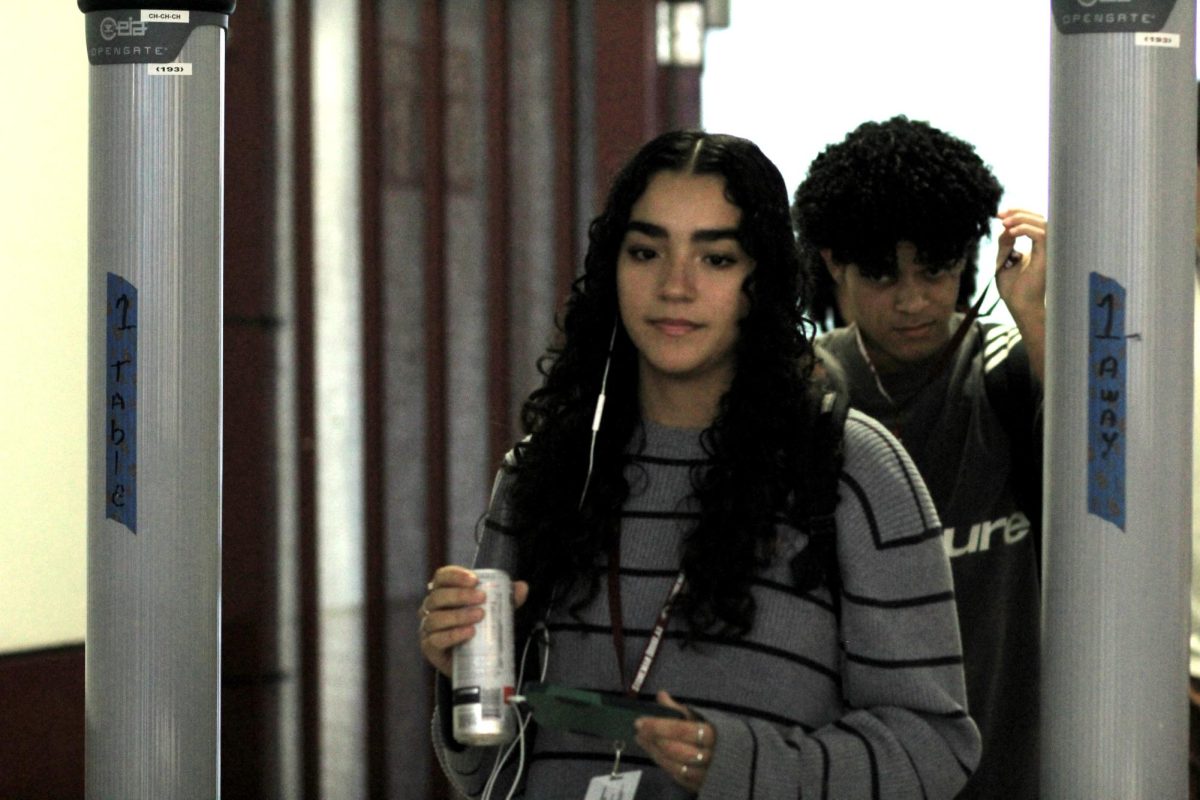
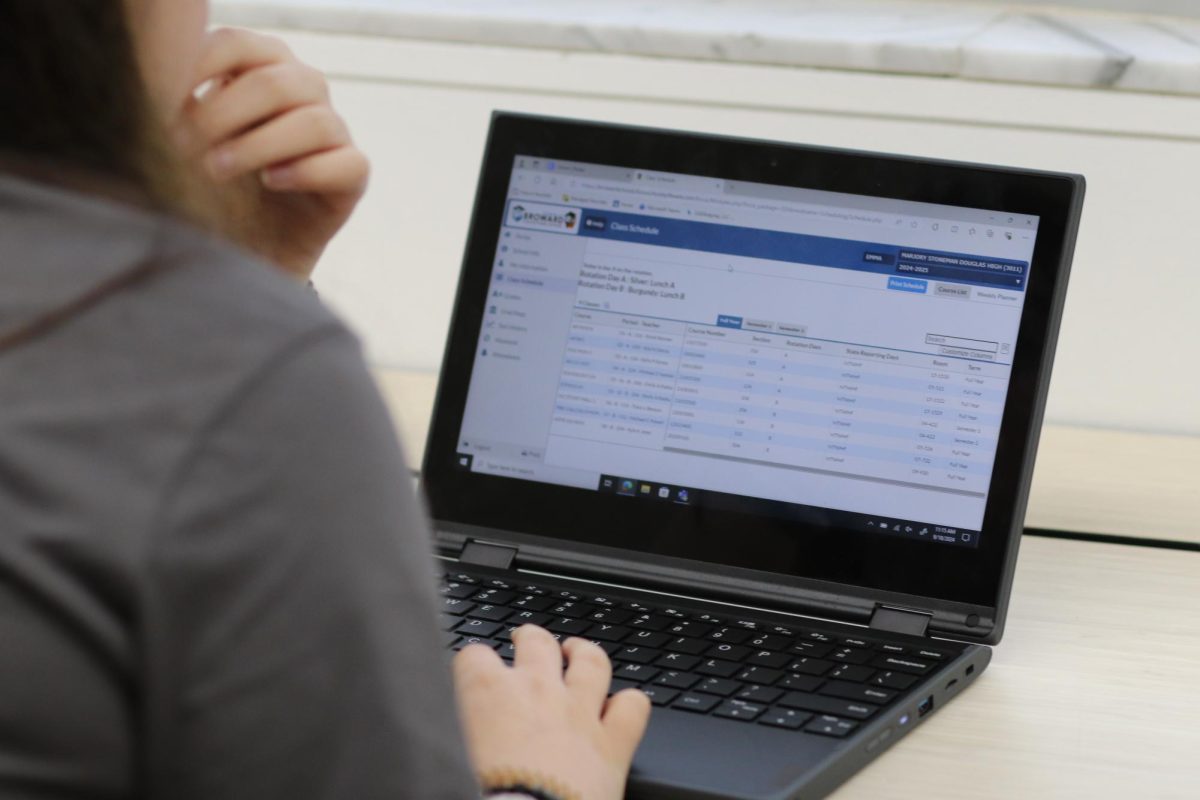
![Freshman Anabella Karam draws a pink ribbon during the Health Occupations Students of America meeting on Monday, Oct. 28. They went over breast cancer as well as its effects and made cards for breast cancer patients. "I joined [HOSA] because I thought it would be a great opportunity to learn new things and compete in a field of study that interests me," Karam said.](https://eagleeye.news/wp-content/uploads/2024/10/IMG_0175-1200x800.jpg)
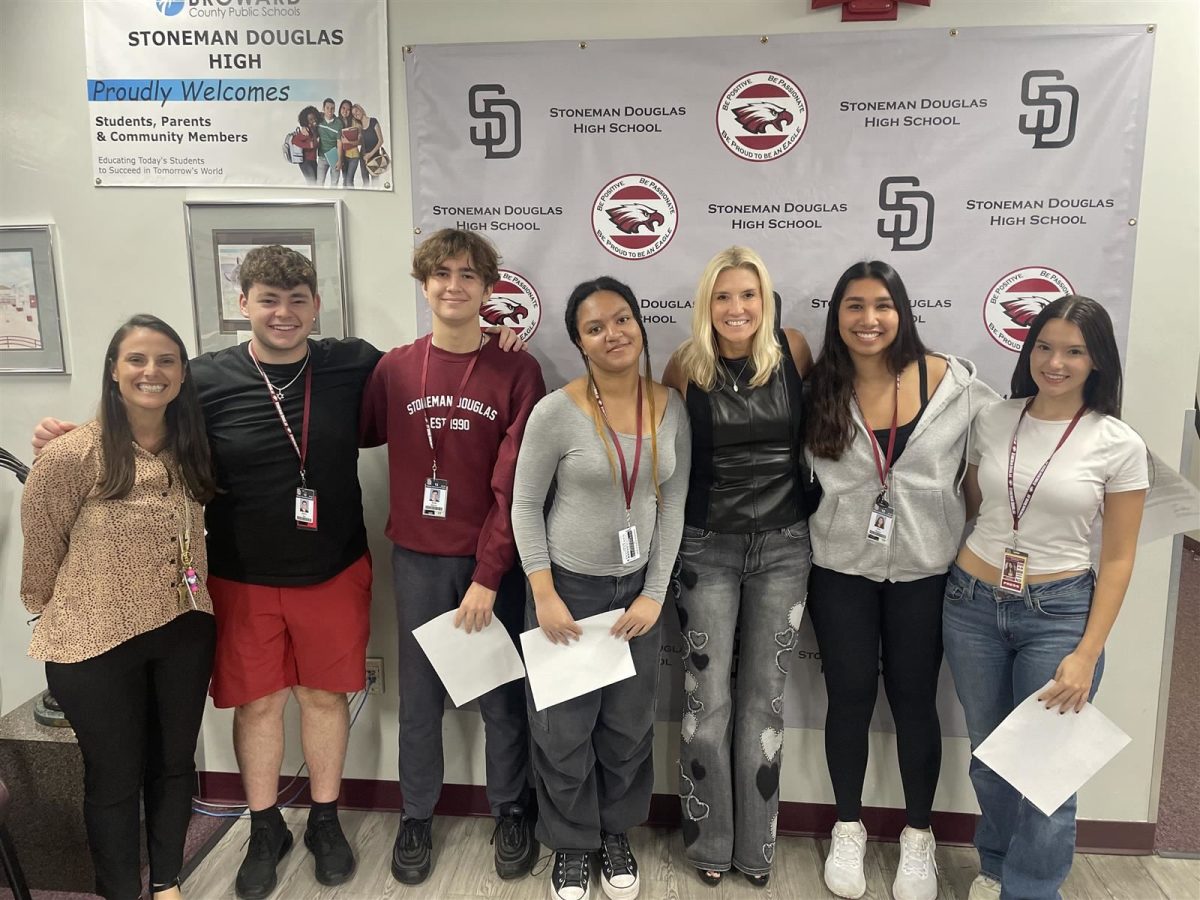
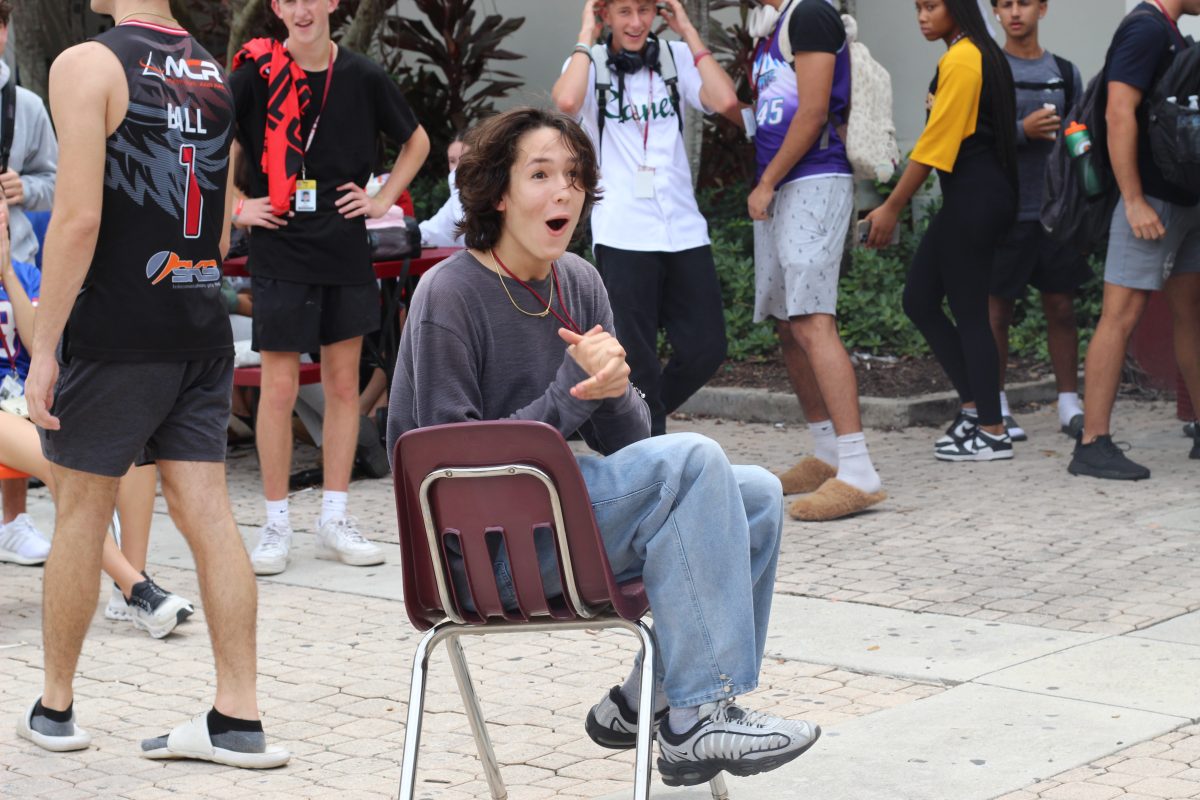

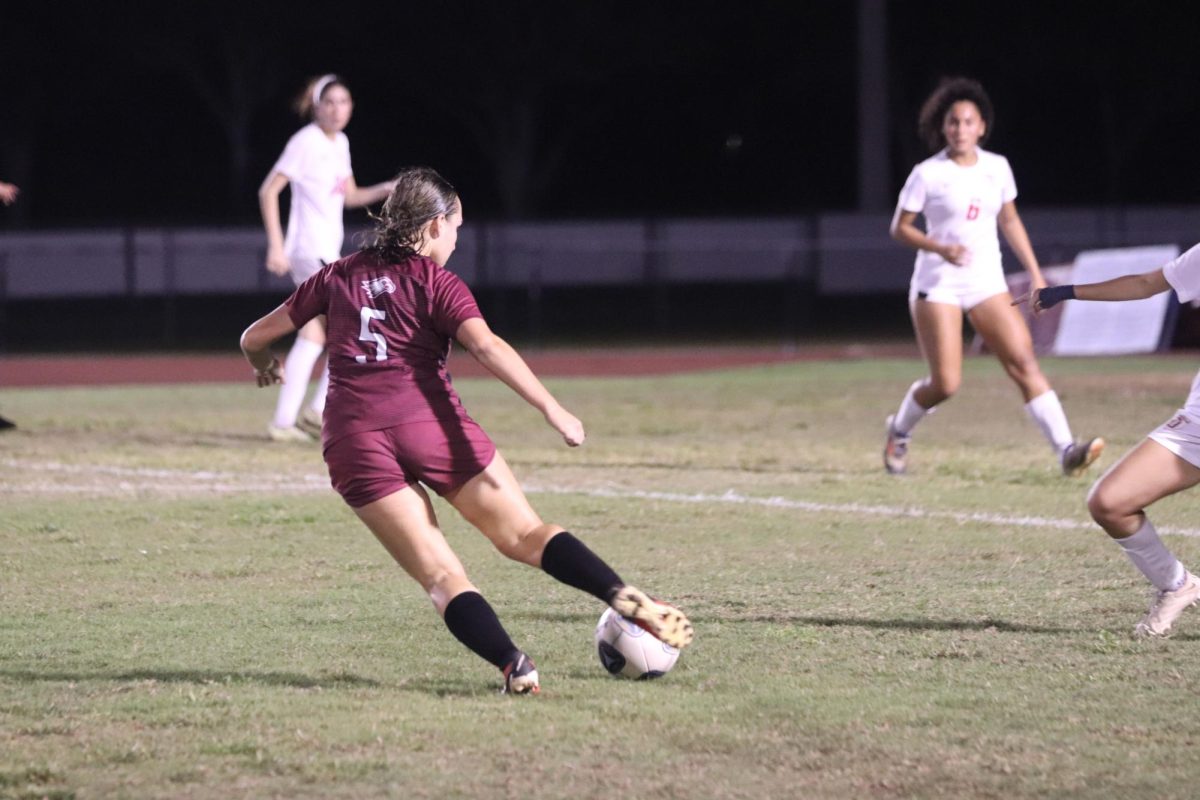
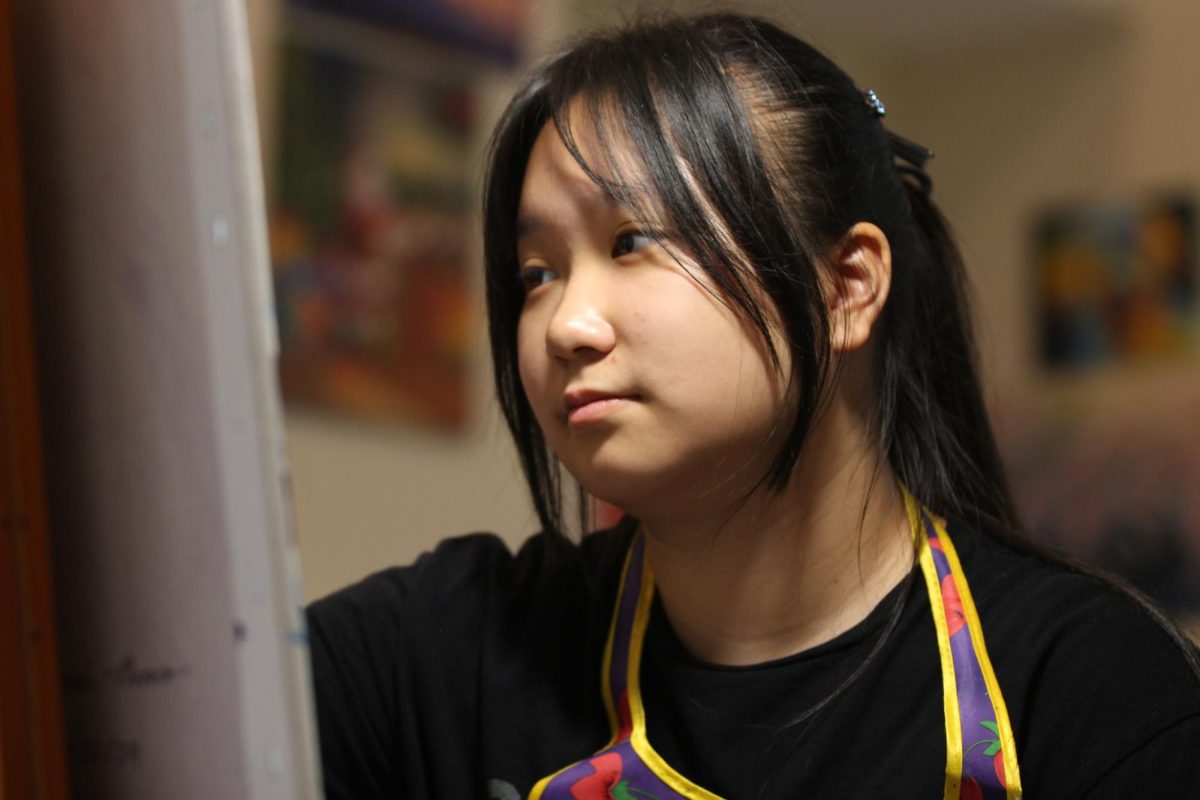
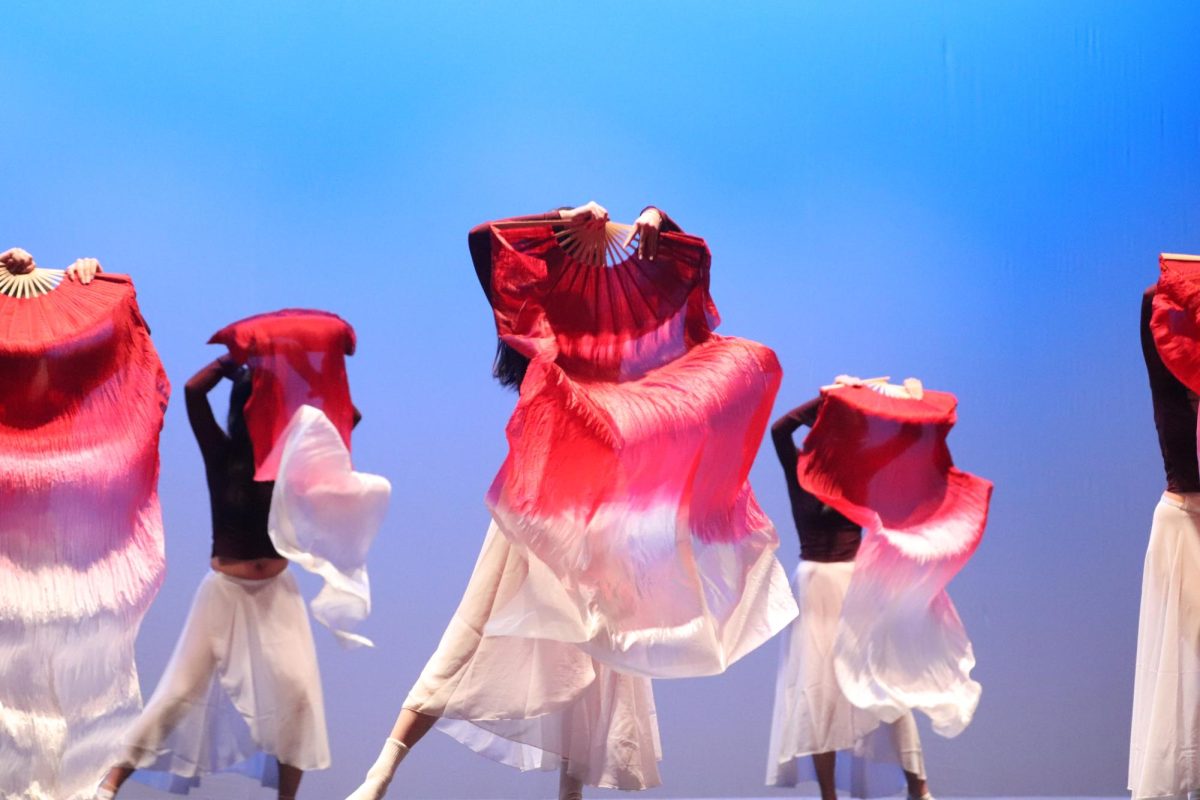
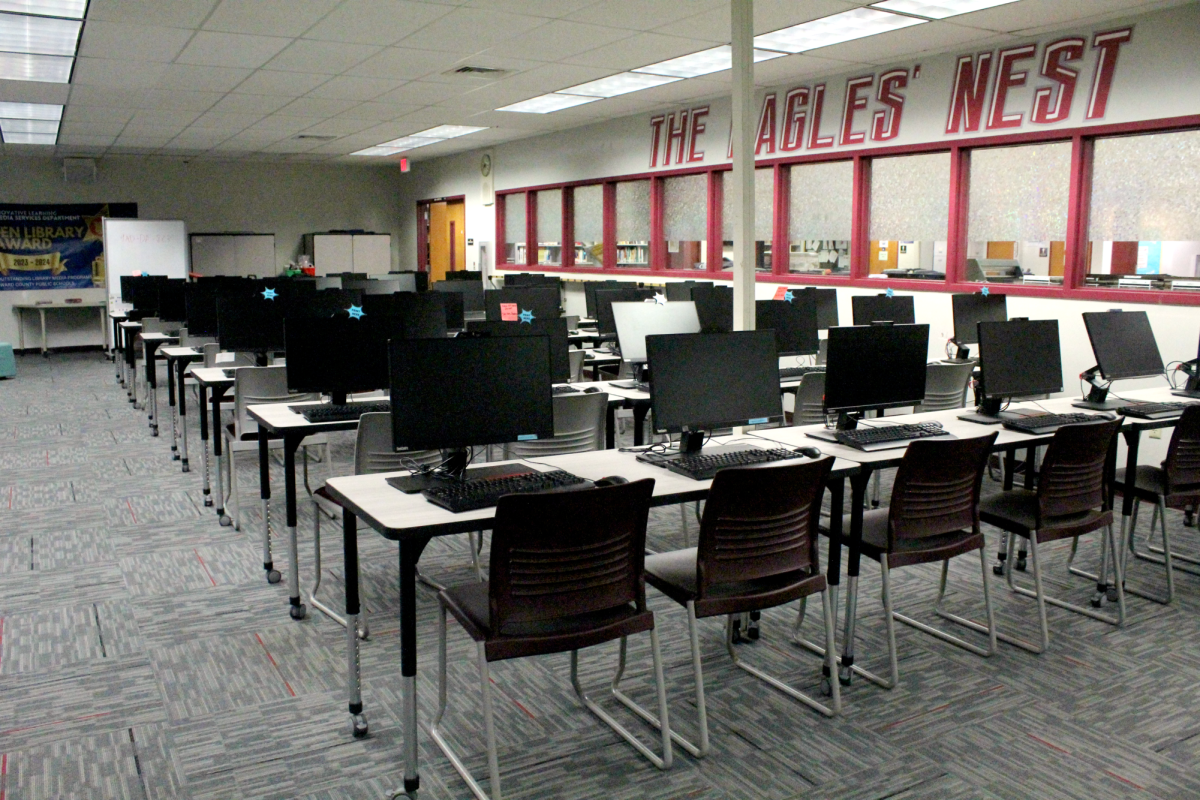
![National Honor Society Sponsor Lauren Saccomanno watches guest speaker Albert Price speak to NHS members. National Honor Society held their monthly meeting with Price on Monday, Nov. 4. "[Volunteering] varies on the years and the month, but we have started a couple new things; one of our officers Grace started a soccer program," Saccomanno said. "We have been able to continue older programs, too, like tutoring at Riverglades. NHS's goal is to have as many service projects as possible."](https://eagleeye.news/wp-content/uploads/2024/11/xNOeKNVwu7aErpVyJHrHogagZUUcLLosjtbIat94-1200x900.jpg)
![Ice Ice Baby. Skating to "Waltz" and "Romance" during her long program, figure skater Ava Zubik competes at the Cranberry Open in Massachusetts on Aug. 12, 2022. She scored a total of 86.90 on her short and free skate program, earning fifth place overall. "I try to make it [competing] as fun and enjoyable as I can because it's my senior year, and so I want to really enjoy competitive figure skating while it lasts," Zubik said.](https://eagleeye.news/wp-content/uploads/2024/11/skater1-799x1200.jpg)
